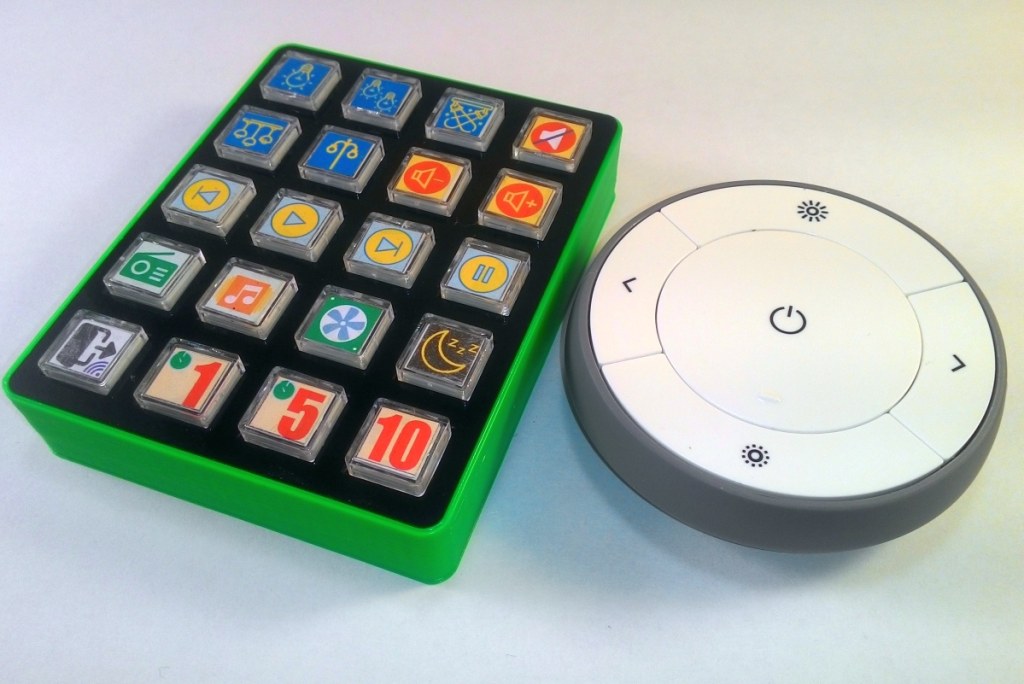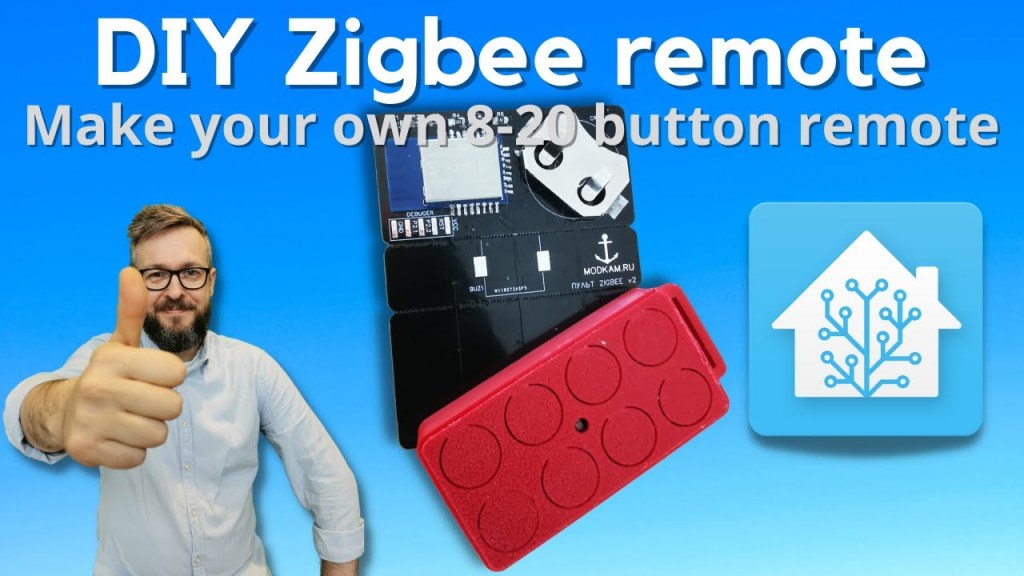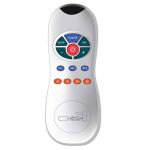Revolutionize Your Control: Unleash The Power Of DIY Zigbee Remote Today!
DIY Zigbee Remote: A Convenient Solution for Home Automation
Greetings, Remote Enthusiast! Are you tired of juggling multiple remotes for controlling your home devices? Look no further! In this article, we will explore the world of DIY Zigbee remote controls and how they can revolutionize your home automation system. With their advanced features and seamless integration, Zigbee remotes offer a convenient and efficient solution for managing your smart devices. Let’s dive in and discover the endless possibilities of DIY Zigbee remotes!
Introduction
Zigbee is a wireless communication protocol that enables low-power, short-range communication between devices. It is commonly used in home automation systems to connect and control various smart devices, such as lights, thermostats, door locks, and more. DIY Zigbee remotes allow homeowners to take control of their smart devices effortlessly, providing a unified interface for managing multiple devices.
2 Picture Gallery: Revolutionize Your Control: Unleash The Power Of DIY Zigbee Remote Today!


With the increasing popularity of smart homes, the demand for seamless connectivity and control has grown exponentially. DIY Zigbee remotes offer a cost-effective alternative to commercial solutions, allowing users to customize and personalize their home automation system according to their specific needs. Whether you are a tech-savvy hobbyist or a homeowner looking to simplify your daily routines, a DIY Zigbee remote can transform the way you interact with your smart devices.
Now, let’s delve into the key aspects of DIY Zigbee remotes, starting with the what, who, when, where, why, and how.
What is a DIY Zigbee Remote?

Image Source: github.io
A DIY Zigbee remote is a handheld device that uses the Zigbee protocol to communicate with and control various smart devices in your home. It acts as a central hub, allowing you to command multiple devices simultaneously. By programming the remote with specific commands, you can adjust lighting settings, regulate temperature, lock or unlock doors, and perform other tasks with a single click.
Who Can Benefit from a DIY Zigbee Remote?
DIY Zigbee remotes are suitable for anyone interested in enhancing their home automation system. Whether you are a DIY enthusiast, a tech-savvy homeowner, or a professional in the field, a Zigbee remote can simplify your life. With its user-friendly interface and customizable features, it caters to both beginners and advanced users.
When Should You Consider Using a DIY Zigbee Remote?
If you find yourself struggling to manage multiple remotes or wish to streamline your home automation system, it’s time to consider a DIY Zigbee remote. The benefits of centralizing your smart devices and eliminating the need for individual controls are numerous. From enhancing convenience to optimizing energy efficiency, a Zigbee remote can be a game-changer for your smart home.
Where Can You Use a DIY Zigbee Remote?
A DIY Zigbee remote can be used in any room or area of your home where you have connected smart devices. Whether it’s controlling the lighting in your living room, adjusting the temperature in your bedroom, or even managing your outdoor security system, a Zigbee remote provides seamless control at your fingertips.
Why Choose a DIY Zigbee Remote over Commercial Solutions?

Image Source: ytimg.com
While commercial solutions offer convenience, DIY Zigbee remotes provide the flexibility to customize and expand your home automation system. With commercial solutions, you are often limited to specific brands or devices that are compatible with their proprietary ecosystem. On the other hand, DIY Zigbee remotes allow you to choose from a wide range of compatible devices, giving you the freedom to create a tailored system that suits your preferences.
How to Set Up a DIY Zigbee Remote?
Setting up a DIY Zigbee remote requires a few simple steps. First, you need to ensure that your smart devices support the Zigbee protocol. Next, you will need a Zigbee coordinator to serve as the bridge between your remote and the devices. This coordinator can be a standalone device or integrated into a smart hub. Once you have the necessary components, follow the manufacturer’s instructions to pair the remote with your devices and configure the desired settings.
Advantages and Disadvantages of DIY Zigbee Remotes
Advantages
1. Seamless Integration: DIY Zigbee remotes offer seamless integration with a wide range of smart devices, allowing you to control them all from a single interface.
2. Customization: Unlike commercial solutions, DIY Zigbee remotes provide the freedom to customize and expand your home automation system according to your needs and preferences.
3. Cost-Effective: DIY Zigbee remotes are often more affordable compared to commercial alternatives, making them an attractive choice for budget-conscious homeowners.
4. Energy Efficiency: By centralizing the control of your smart devices, a DIY Zigbee remote helps optimize energy consumption and reduce utility bills.
5. Compatibility: Zigbee is a widely adopted standard in the home automation industry, ensuring compatibility with a vast array of devices from different manufacturers.
Disadvantages
1. Technical Knowledge Required: Setting up and configuring a DIY Zigbee remote may require some technical expertise.
2. Initial Investment: While DIY Zigbee remotes can be cost-effective in the long run, there may be an initial investment required to purchase the necessary components.
3. Limited Range: Zigbee operates on a low-power, short-range network, which may limit the coverage area of your remote control.
4. Potential Interference: Since Zigbee operates within the 2.4GHz frequency band, it may experience interference from other devices using the same band, such as Wi-Fi routers or cordless phones.
5. Dependency on Power Source: DIY Zigbee remotes rely on batteries or a power source, so it’s important to ensure they are adequately powered to avoid interruptions in control.
Frequently Asked Questions (FAQ)
Q: Can I use a DIY Zigbee remote with my existing smart devices?
A: Yes, as long as your devices are Zigbee-compatible, you can easily integrate them with a DIY Zigbee remote.
Q: Do I need a separate remote for each room?
A: No, a DIY Zigbee remote allows you to control multiple devices in different rooms without the need for separate remotes.
Q: Can I control my DIY Zigbee remote through my smartphone?
A: Some DIY Zigbee remotes offer smartphone integration, allowing you to control your smart devices remotely through dedicated mobile apps.
Q: Are DIY Zigbee remotes scalable?
A: Yes, DIY Zigbee remotes are highly scalable, enabling you to add new devices and expand your home automation system as needed.
Q: Can I use voice commands with a DIY Zigbee remote?
A: Depending on the remote and the connected devices, you may be able to use voice commands through compatible voice assistants such as Amazon Alexa or Google Assistant.
Conclusion
In conclusion, a DIY Zigbee remote is a valuable tool for simplifying and enhancing your home automation system. With its seamless integration, customization options, and cost-effectiveness, it offers a convenient solution for controlling multiple smart devices. Whether you are a tech enthusiast or a homeowner looking to upgrade your smart home, a DIY Zigbee remote is worth considering. Take the leap into the world of DIY home automation and experience the convenience and comfort it brings!
Final Remarks
Disclaimer: The information provided in this article is for informational purposes only. The use of DIY Zigbee remotes and any modifications to smart devices should be done at your own risk. Always refer to the manufacturer’s instructions and consult professionals if needed. The author and the website do not take any responsibility for any damages or issues that may arise from the use of DIY Zigbee remotes or related devices.
This post topic: Remote


